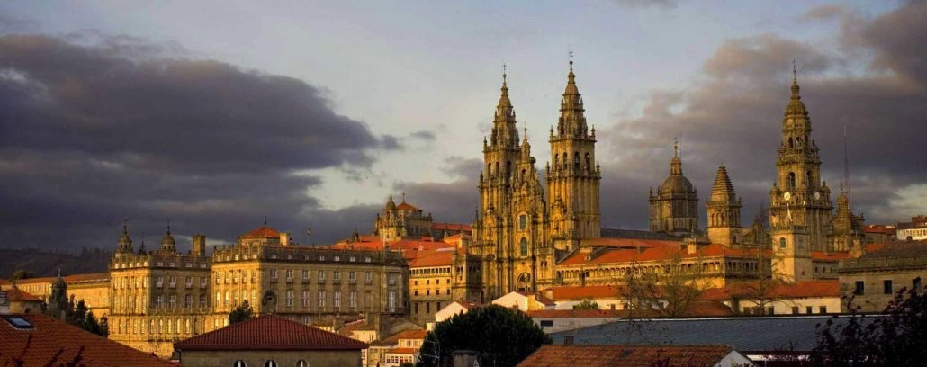Speaker
Description
The determination of the interaction between projectile and target is one of the long-standing challenges in the study and description of nuclear reactions. These interactions are important inputs to compute reaction observables, which have applications in various fields of nuclear physics, like nuclear structure far from stability or reactions of astrophysical interest.
Applying the double-folding technique, we determine potentials relevant for nuclear reactions based on the interaction between nucleons and the densities of the reacting nuclei. To this end, we use chiral EFT nucleon-nucleon interactions at N$^2$LO in their local form [1].
Since this technique naturally leads to an energy dependence, we consider dispersion relations to constrain the imaginary part of the optical potential. With this approach we study reactions involving light nuclei such as $\alpha$, $^{12}$C, $^{16}$O, and $^{20}$O [2, 3]. We present results for elastic scattering off various targets, as well as for low-energy fusion. We obtain good agreement with data without any parameter fitting. Our analysis has enabled us to study the impact of the nuclear density and the nucleon-nucleon interaction on the corresponding cross sections. Thanks to the predictive power of this technique, we can calculate various reaction observables reliably without adjusting any parameter.
[1] A. Gezerlis, I. Tews, E. Epelbaum, M. Freunek, S. Gandolfi, K. Hebeler, A. Nogga, and A. Schwenk, Phys. Rev. C 90, 054323 (2014).
[2] V. Durant, P. Capel, L. Huth, A. B. Balantekin, and A. Schwenk, Phys. Lett. B 782, 668 (2018).
[3] V. Durant and P. Capel, Phys. Rev. C 105, 014606 (2022).
| Topic | Theory |
|---|

